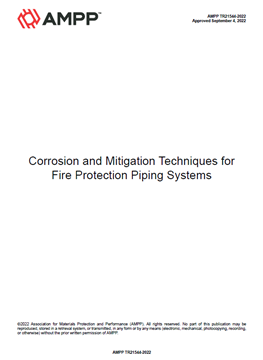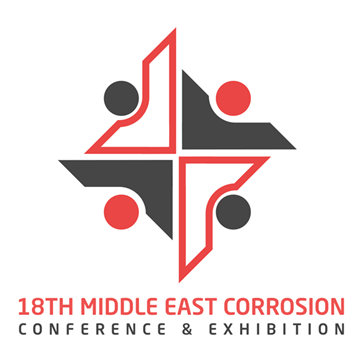Search
Products tagged with 'microbiologically-influenced corrosion (mic)'
View as
Sort by
Display
per page
AMPP TR21544-2022, Corrosion and Mitigation Techniques for Fire Protection Piping Systems
Product Number:
AMPP TR21544-2022
Publication Date:
2022
$109.00
Evaluation of Microbial Corrosion Implications in Flooded Pipe Strings
Product Number:
MECC23-20068-SG
Publication Date:
2023
$20.00


